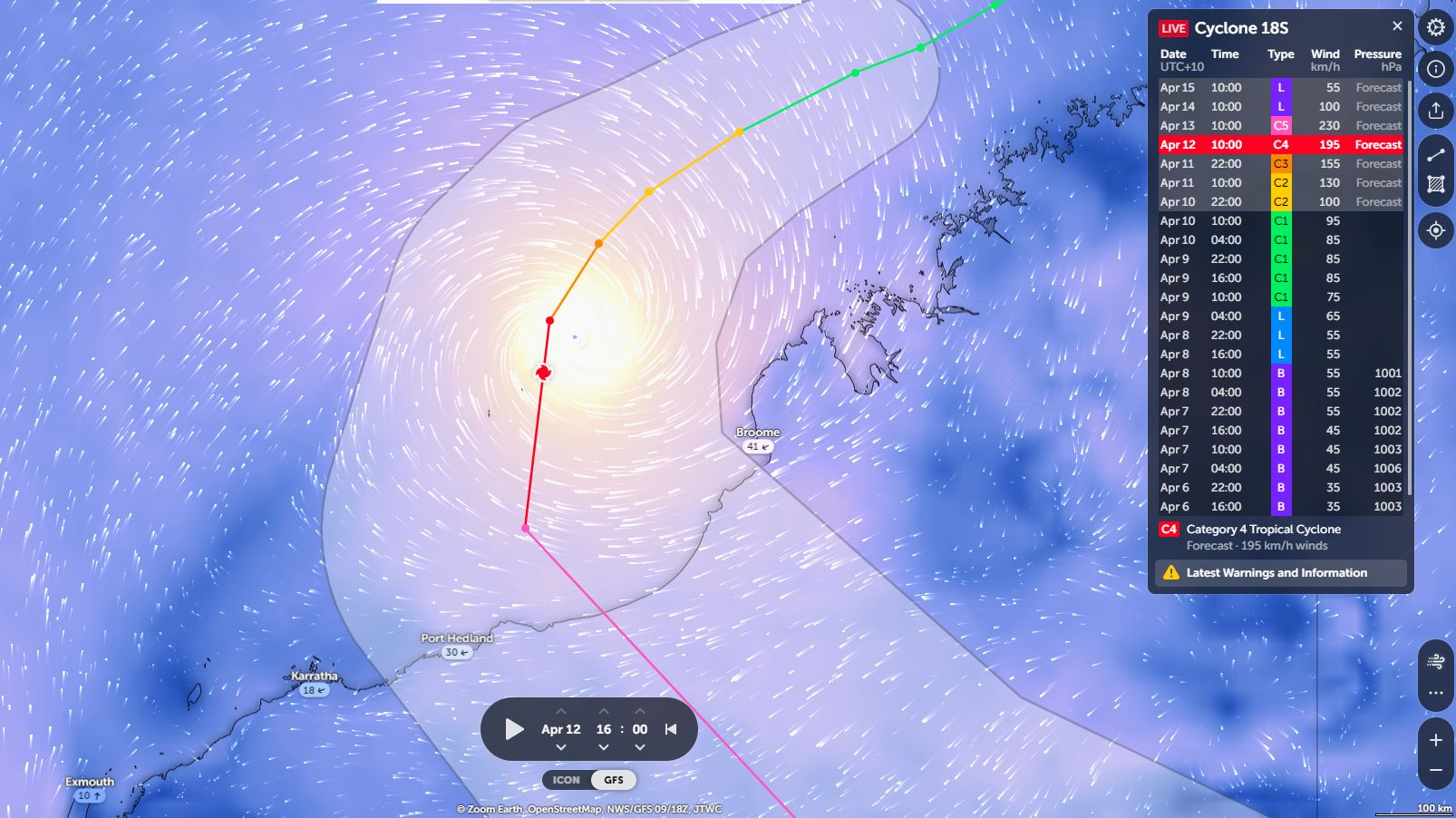The catastrophic impacts of Hurricane Katrina in 2005 serve as an indelible reminder of the vulnerabilities that coastal communities face when confronted with extreme weather events. Drawing upon the formidable forces of nature and the advanced methodologies of modern meteorology, the development of cyclone forecasting models has emerged as a crucial area of research. These models are not only instrumental in predicting the trajectories and intensities of tropical cyclones but also in preparing for potential ramifications that may befall vulnerable geographic regions. However, as predictive capabilities improve, one must ponder a critical question: Are we prepared to confront the next Katrina, or do we merely possess the illusion of foresight?
Cyclone forecasting integrates sophisticated algorithms and vast meteorological datasets, synthesizing historical observations, current conditions, and predictive modeling to generate forecasts. These models are predicated on a plethora of atmospheric parameters—wind patterns, sea surface temperatures, and humidity levels, among others. The intricacies involved in analyzing these variables necessitate an interdisciplinary approach that combines meteorology, oceanography, and computational science. As the convergence of these disciplines yields more accurate predictions, a concurrent challenge looms: the ever-growing threat posed by climate change.
Climate change, inescapably entwined with the fervor of anthropogenic activities, is inducing alterations in the frequency, intensity, and geographical distribution of cyclones. Historical patterns summarized in retrospective analyses reveal that variation in sea surface temperatures, particularly in the tropical and subtropical regions, results in enhanced cyclone formation. A 2-degree Celsius increase in global temperatures could exponentially escalate the intensity of storms, fostering an environment conducive to super cyclones of alarming ferocity. As such, cyclone models must adapt, incorporating these changing climatic paradigms to enhance predictive accuracy.
The theoretical underpinnings of cyclone prediction assert that understanding the dynamics in the atmosphere is pivotal. Numerical weather prediction (NWP) models simulate atmospheric processes through discrete computational grids. Current advancements in NWP are yielding high-resolution models that can pinpoint cyclone tracks with increasing precision. Despite these advancements, a salient challenge persists: the inherent chaos associated with atmospheric systems. The butterfly effect—a nonlinear phenomenon in chaos theory—imbues forecasting models with uncertainties that can lead to significant divergences in predictions. Thus, while models become more refined, they must also grapple with the limitations imposed by chaotic dynamics.
Should we embrace a more probabilistic approach to forecasting? The incorporation of ensemble forecasting techniques—that is, running multiple simulations with slight perturbations—could lead to a more nuanced understanding of the uncertainties inherent in cyclone predictions. By generating a spectrum of possible outcomes rather than a single deterministic path, the potential for more informed decision-making emerges. This method aligns with the need for robust preparedness strategies, as stakeholders require access to a range of scenarios to effectively mitigate the impacts of impending storms.
The gravity of potential cyclone disaster necessitates not only enhanced prediction capabilities but also an examination of societal responses to foreseen threats. Lasting scars from Hurricane Katrina illustrate the inadequacies present in emergency management strategies. Communities along the Gulf Coast struggled with inadequate evacuation plans and resource bottlenecks, exacerbating the tragedy. In advancing cyclone forecasting models, it is imperative that social scientists and policymakers are integrated into discussions to convert predictive insights into actionable resilience frameworks.
Proactively engaging with the limitations of current infrastructure can provide an avenue for improved cyclone preparedness. This process will necessitate investment in both physical infrastructure—such as canals, levees, and emergency shelters—and social infrastructure, including community education and training programs aimed at disaster readiness. By fostering a culture of resilience and engaging communities in preparation efforts, the adverse outcomes associated with cyclonic events can be curtailed, should they arise.
As geophysical phenomena increasingly converge with human activity, the focus of cyclone modeling must also address issues of equity and access. Vulnerable populations historically bear the brunt of climate-related disasters, often lacking the resources and means to adequately prepare for or recover from such events. The intersection of cyclone prediction and social equity presents a multifaceted challenge that extends beyond mere data analysis. Building inclusive systems that ensure all community members can access predictive information and respond appropriately to cyclone alerts is a necessary step toward achieving resilience.
Ultimately, while advancements in cyclone forecasting offer hope for better preparedness against future super storms, the specter of uncertainty remains. As the scientific community works to refine models in response to the complexities of atmospheric dynamics and climate influences, society must concurrently engage with the sociopolitical dimensions of cyclone response and recovery. Acknowledging that comprehensive risk management entails both scientific innovation and equitable urban planning is crucial. The question of whether we are truly prepared for the next catastrophic cyclone may ultimately hinge on our collective ability to embrace this duality in addressing one of humanity’s most pressing challenges.












